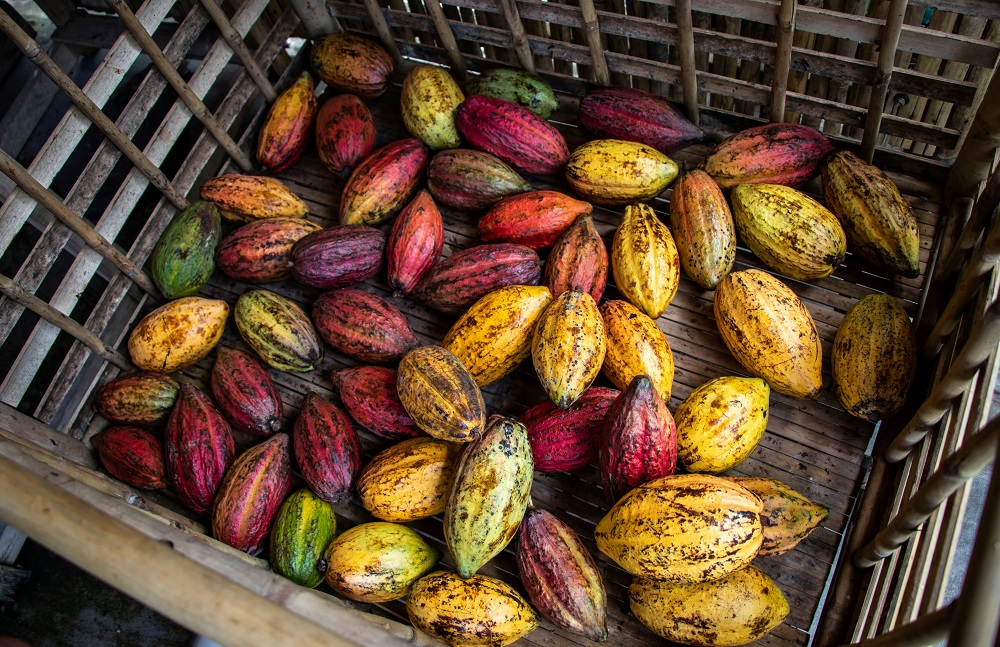After hitting historic highs at the start of the year, cocoa prices have dropped sharply in the past weeks, trading just under $8,000 a metric ton. Earlier this month, New York futures topped $12,000.
According to Bloomberg, at its lowest – 27% dip – cocoa futures prices marked “the biggest two-day decline in data going back to 1960.” According to experts and market analysts, the cocoa market unpredictability is a result of the lack of liquidity.
“What these moves demonstrate is that liquidity is getting squeezed out of the market and that’s why we are seeing these massive moves,” said AG broker head Jonathan Parkman, per Bloomberg.
Earlier this year cocoa prices were skyrocketing amid unfavorable weather conditions, aging and diseased cocoa trees across West African exporters Ghana and Ivory Coast.
“The market action in the last three days goes to show the fall is always easier and faster than the climb,” said Fuad Mohammed Abubakar, head of Ghana Cocoa Marketing Company.
Meanwhile, as cocoa remains unstable, other commodities like coffee and sugar saw a slight surge in prices.
Robusta coffee jumped to $3,472 a ton, marking a 1.7% increase, while Arabica reached a price of $2.0125 per lb – an increase of 1.9%.
Depleted water reservoirs and lakes in Vietnam’s Central Highlands area will not be refilled before of the 2024–2025 harvest, BMI noted in a report. “Conditions in Vietnam remain a persistent concern and could fuel further bullish sentiment,” the report stated, per XM Global.
Raw sugar saw a price of 19.69 cents per lb, recording a small surge of 0.5%, while white sugar reached $577.80 a ton – an increase of 0.9%.
As output in Thailand increases, the global sugar market is expected to see a little surplus of 1.62 million metric tons in the 2024–2025 season (October–September) following a 1.79 million tons shortfall in 2023–2024, according to consultancy Datagro, as reported by XM Global.














